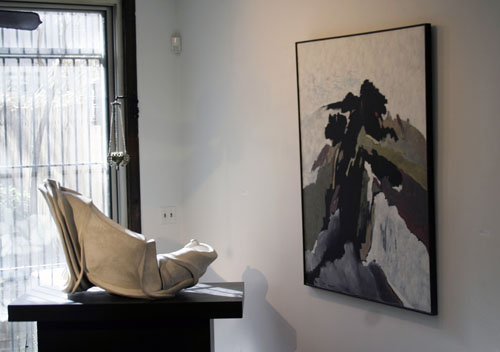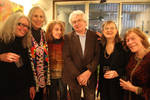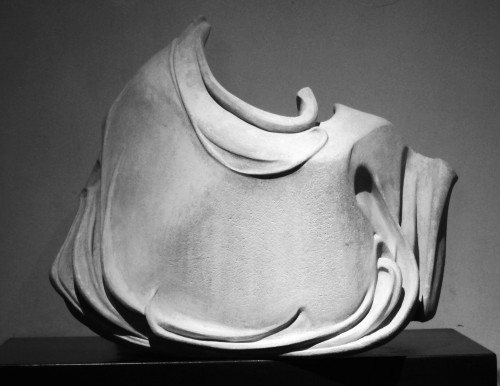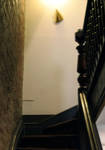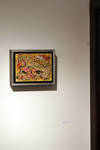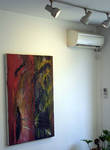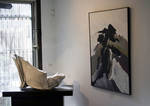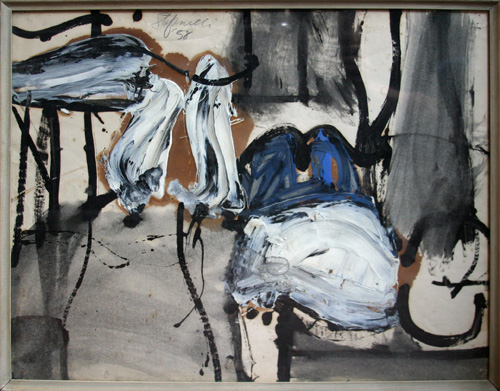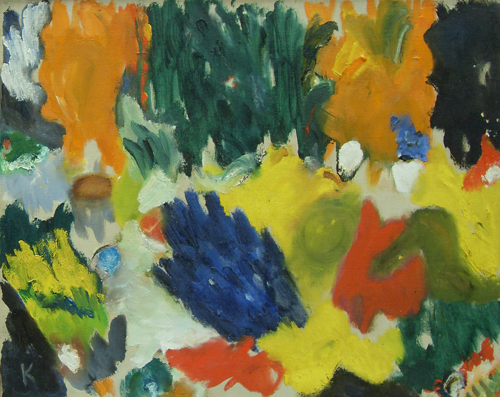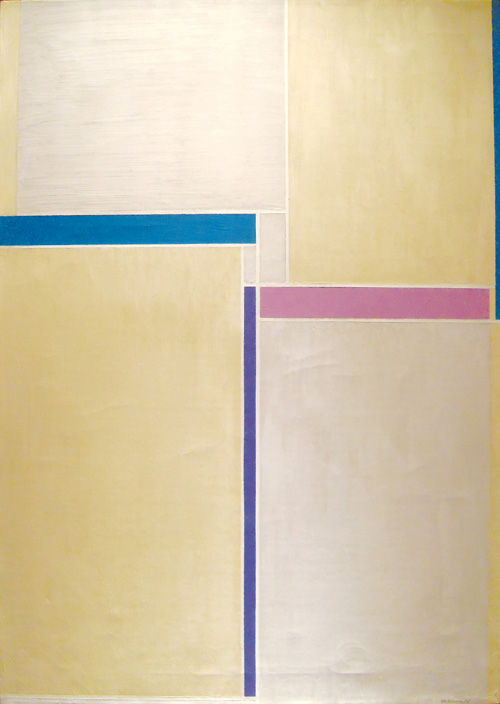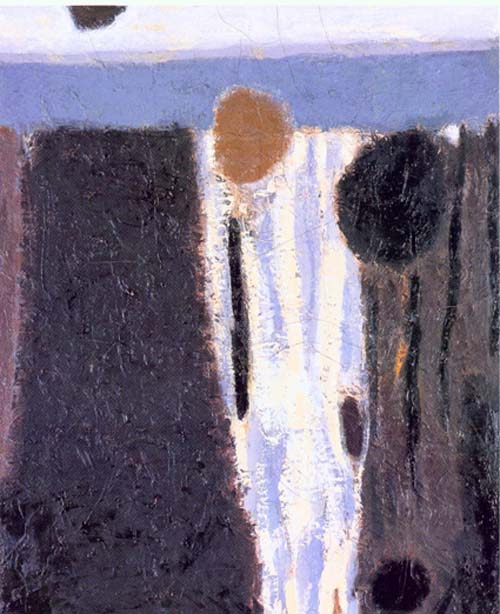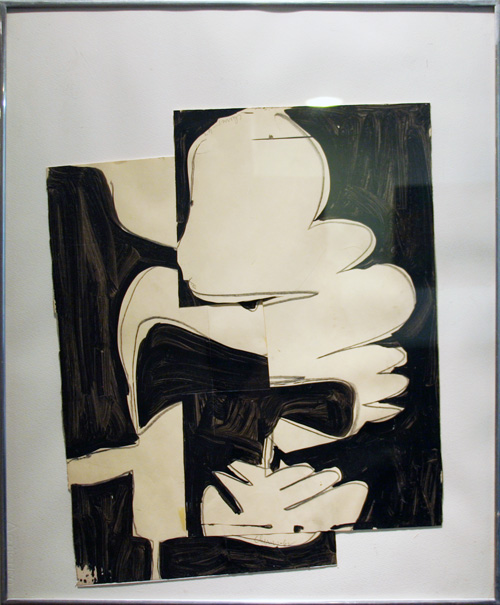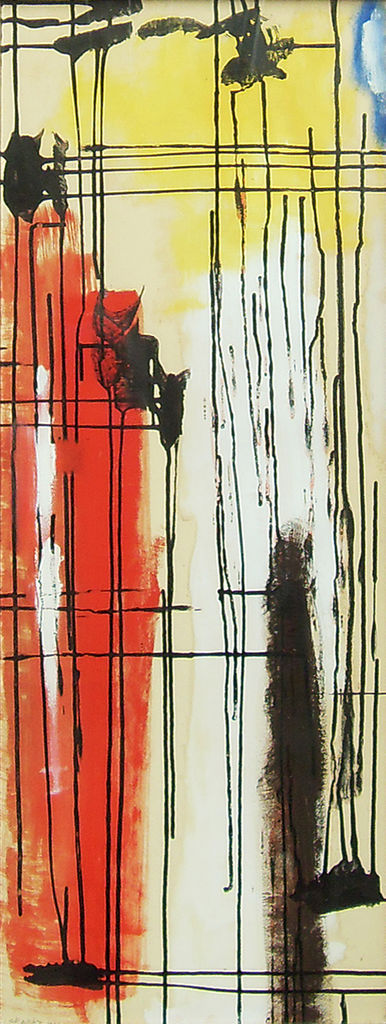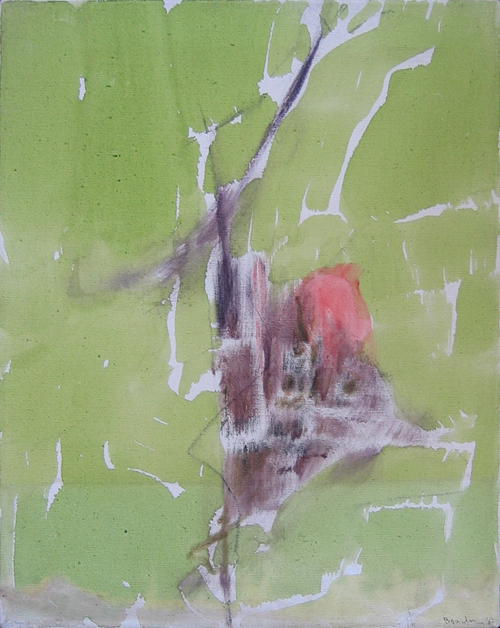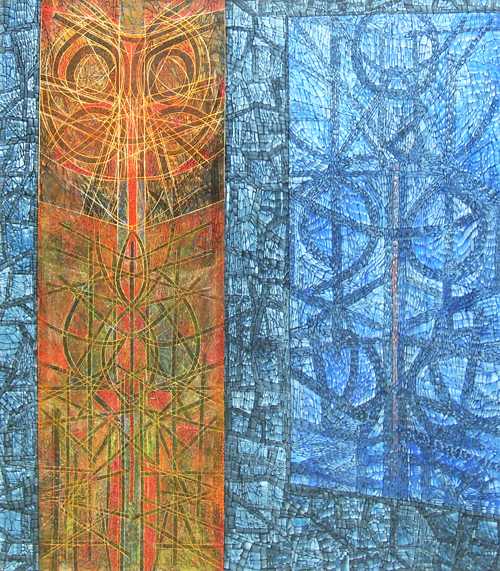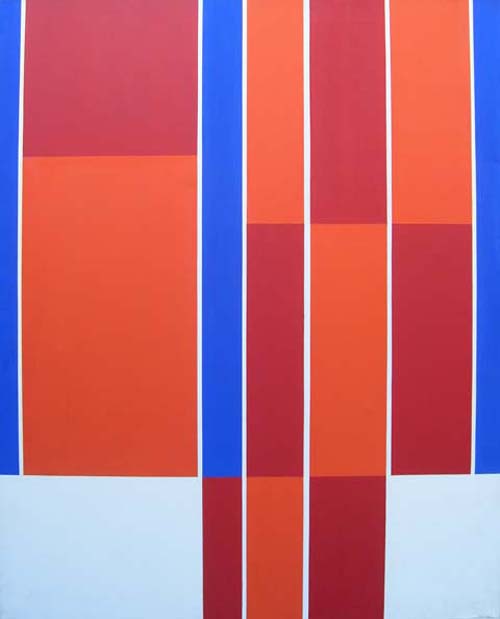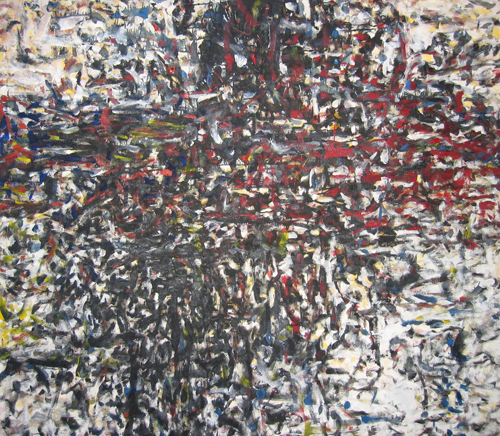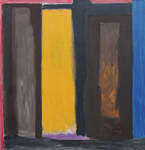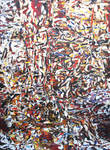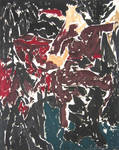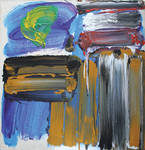“American Renaissance Art,” Symposium
Saturday, February 23, 2013 from 3-5PM.
Thank you to all who joined us for an afternoon symposium discussing why the show’s title, “American Renaissance Art,” is indicative of the international Abstract Expressionist movement at this point in time. One hundred years ago, the Abstractionists rewrote the rules of art. Today the legacy of the first true American art form is continually reborn. This is the American version of the Renaissance, a movement which has transformed our culture and the world. The American Renaissance man is the center of the painting-of his universe. He is Mark Rothko, Willem de Kooning, Jackson Pollock, Joan Mitchell, and others including the artists in our show.
Pictured L to R: James Dinerstein, Nancy Steinson, Charles Russell, Amaranth Ehrenhalt, Alison Weld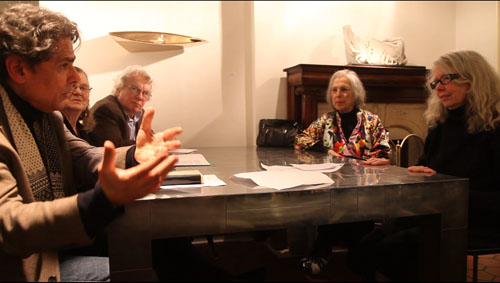
Moderator Charles Russell led a discussion panel of the exhibition’s artists, providing the opportunity for the audience to encounter the exhibition’s artists, learn from them about their work, and to hear their responses to the exhibition and to the ideas suggested by Anita’s configuration of abstract expressionism as “American Renaissance Art.”
The panel was introduced by Anita Shapolsky, gallery owner and curator, who developed the concept of “American Renaissance Art,” as the title of the show. Each of the show’s artists offered a brief exposition of their own development and engaged in a discussion of common concerns or experiences. The idea of abstract expressionism as an American Renaissance spurs several associations, mainly the sense of a culture born or reborn in part by looking back to a past historical moment as model and stimulus. For the show’s artists, this was past was European modernism. The panel discussed how Abstract Expressionism was seen as an existentialist affirmation of the individual’s acknowledgment of one’s deepest experiences, whether primal and organic or spiritual. They affirmed how that humanist spirit manifests itself in their work. Finally, the panel addressed the issue of keeping abstraction “relevant” today-whether it is at all a matter of interest or concern. The audience then heard from contemporary gallerist Ed Zipco of Superchief Gallery and his take on the issue. Finally, the panel broke into a question-and-answer session with audience members.
____________________
Charles Russell is Professor Emeritus of English and American Studies at Rutgers University, Newark, where he directed the graduate American Studies program and was Associate Director of the Institute on Ethnicity, Culture, and the Modern Experience. He recently published Groundwaters: A Century of Art by Self-Taught and Outsider Artists (Prestel, 2011). Among his other books are Poets, Prophets, and Revolutionaries: The Literary Avant-Garde from Rimbaud through Postmodernism (Oxford University Press, 1985), Self-Taught Art: The Culture and Aesthetics of American Vernacular Art (University Press of Mississippi, 2001), and, co-edited with Carol Crown, Sacred and Profane: Personal Voice and Vision in Southern Self-Taught Art, (University Press of Mississippi, 2007).
Click here for more information about the show.
____________________
Click on the images to scroll through a larger-version slideshow.



